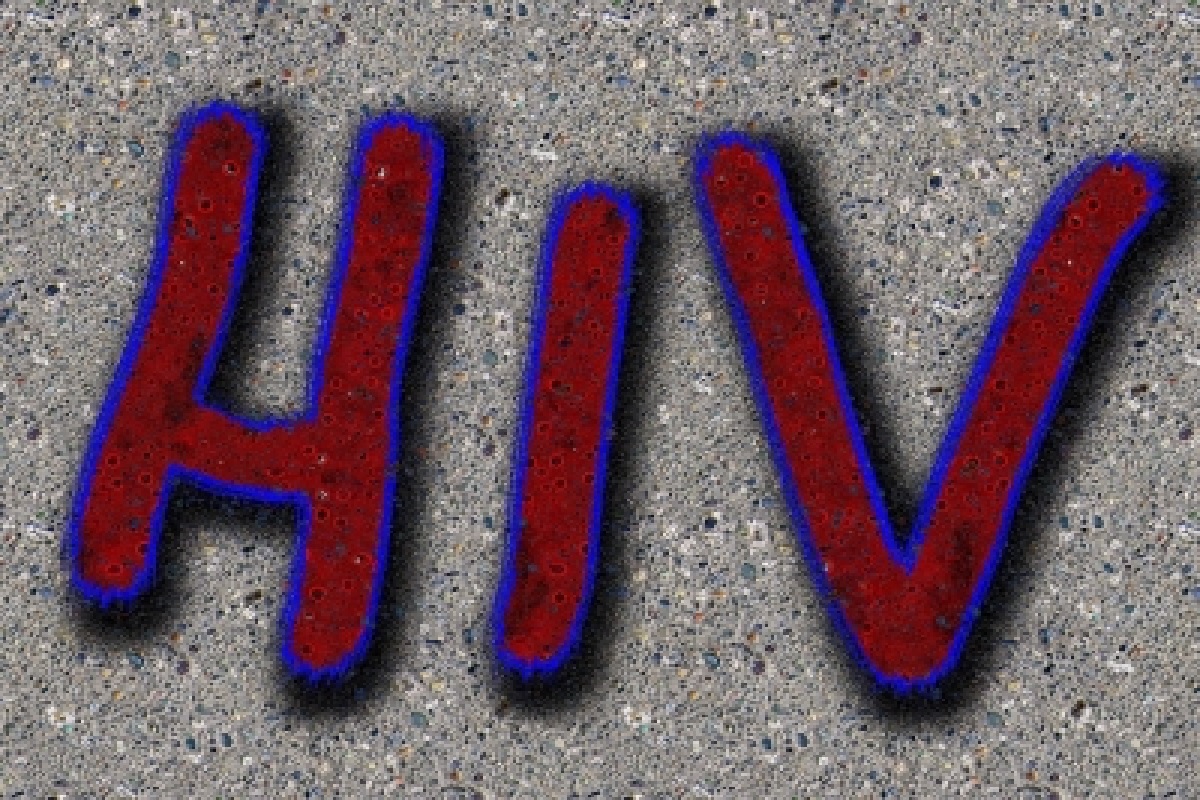US scientists are using new advances in CRISPR gene-editing technology to uncover new biology that could lead to long-lasting treatments and new therapeutic strategies for Human Immunodeficiency Virus (HIV).
The HIV epidemic has been overlooked during the Covid-19 pandemic but represents a critical and ongoing threat to human health with an estimated 1.5 million new infections in the last year alone.
Advertisement
Drug developers and research teams have been searching for cures and new treatment modalities for HIV for over 40 years but are limited by their understanding of how the virus establishes infection in the human body.
A team at Northwestern University sought to find out how the small, unassuming HIV virus with only 12 proteins and a genome only a third of the size of SARS-CoV-2, hijacks the body’s cells to replicate and spread across systems.
In the study, published in the journal Nature Communications, scientists used a new CRISPR gene-editing approach to identify human genes that were important for HIV infection in the blood, finding 86 genes that may play a role in the way HIV replicates and causes disease, including over 40 that have never been looked at in the context of HIV infection.
The study proposes a new map for understanding how HIV integrates into our DNA and establishes a chronic infection.
“The existing drug treatments are one of our most important tools in fighting the HIV epidemic and have been amazingly effective at suppressing viral replication and spread,” said Judd Hultquist, Assistant Professor of medicine in infectious diseases at Northwestern’s Feinberg School of Medicine.
“But these treatments aren’t curative, so individuals living with HIV have to follow a strict treatment regimen that requires continual access to good affordable health care — that’s simply not the world we live in,” he added.
Hultquist said with more understanding of how the virus replicates, treatments could one day become cures.
In the study, T cells — the major cell type targeted by HIV — were isolated from donated human blood, and hundreds of genes were knocked out using CRISPR-Cas9 gene editing.
The “knock-out” cells were then infected with HIV and analysed. Cells that lost a gene important for viral replication showed decreased infection, while cells that lost an antiviral factor showed an increase in infection.
From there, the team validated the identified factors by selectively knocking them out in new donors, where they found a nearly even break of newly discovered pathways and well-researched ones.











